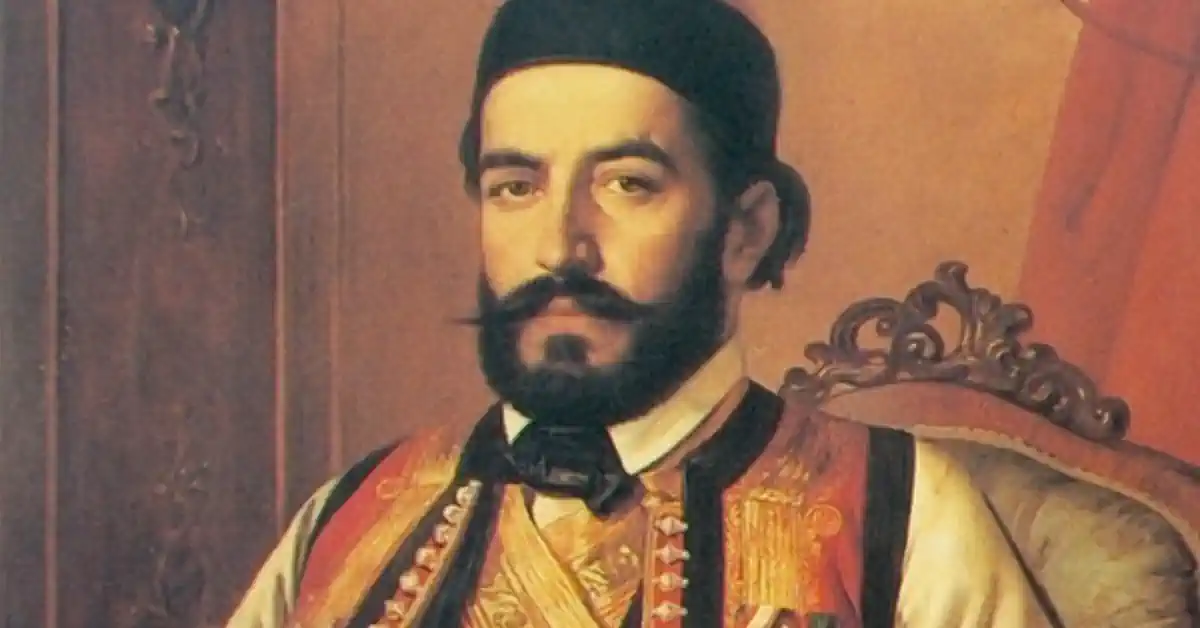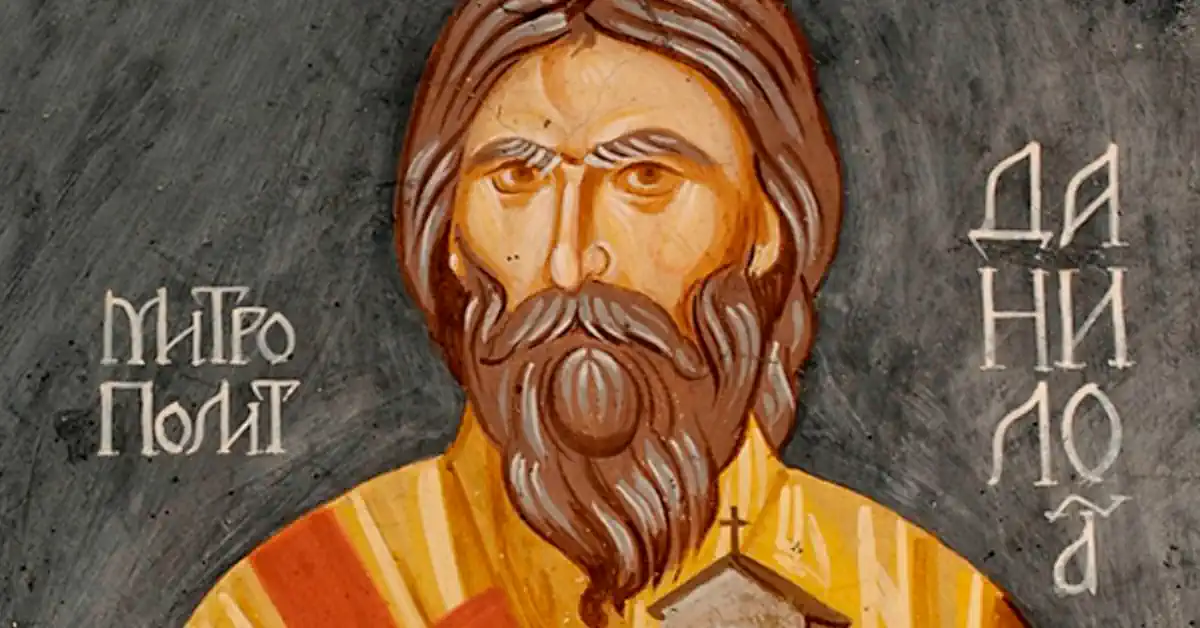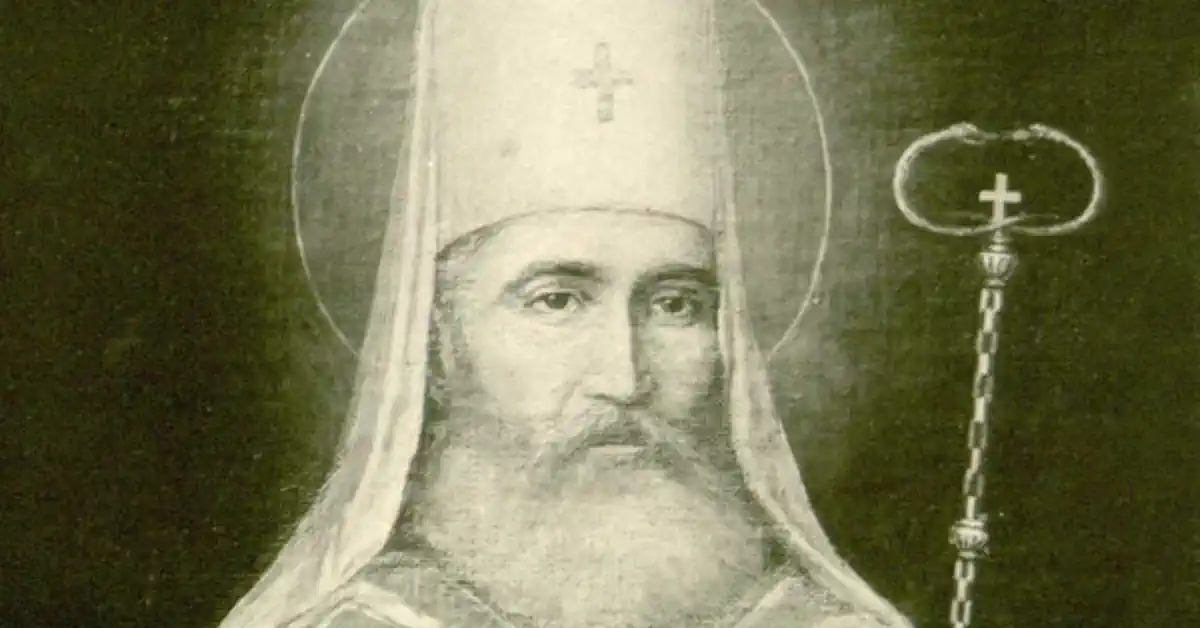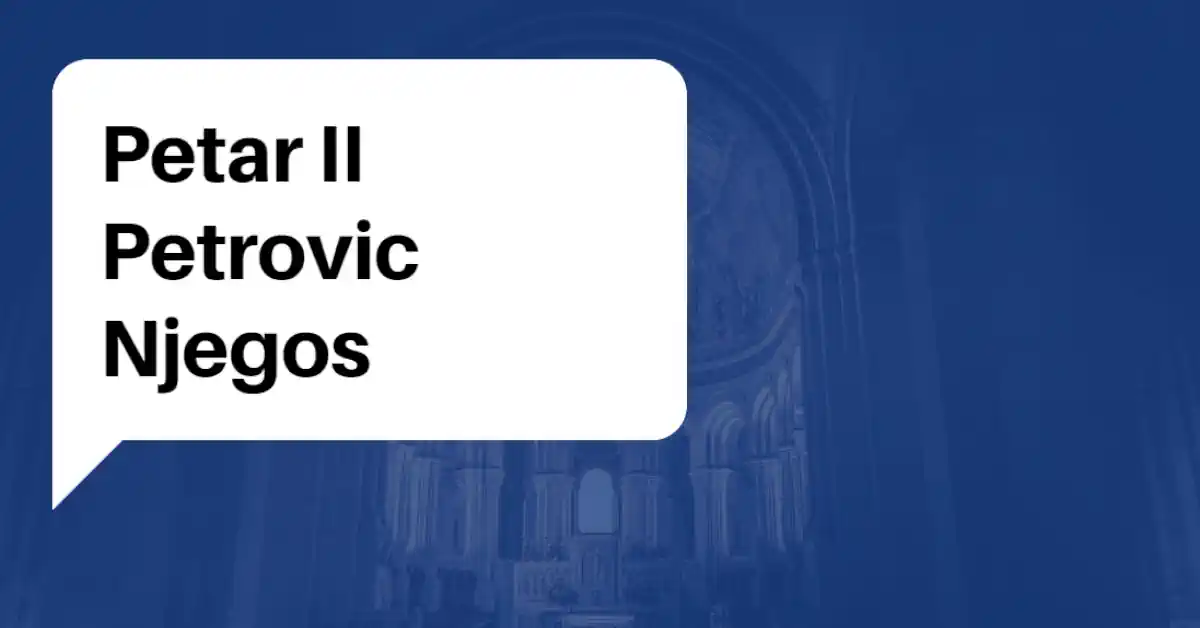
Njegos
Montenegrin poet and statesman Petar II Petrovic Njegos is best known for his masterpiece Gorski Vijenac (known in English as The Mountain Wreath), which is generally considered one of Balkan literature’s greatest poems. It is a modern epic, a category that balances new and old ideas, arranged in verse form as a play.
The Mountain Wreath presents an overview of the erstwhile ethical values, attitudes, beliefs, folk wisdom, aspirations, philosophies on men and nature, and thoughts about nationalism and unification of Montenegrin people who have been fighting for freedom for centuries in the wake of constant occupations by foreign powers.
photo: showing Njegos Birth House

Njegusi
Njegos was born in Njegusi. This small hamlet which sits between Kotor and Cetinje is famous for its Prosciutto and Cheese.
Born in Njegusi, a small hamlet situated between Cetinje and Kotor, on November 13, 1813, Petar was the son of Tomo Markov and Ivana Petrovic, and he grew up among Montenegrin aristocracy. Njegos received formal instructions in Italian, Russian, and French at the Cetinje Monastery, the Savina Monastery, and the Topla Monastery in Herceg Novi.
During his formative years, he was again and again exposed to the sound of the Gusle – a single-stringed instrument popular in the Balkans – which is always accompanied by singing epic tales and musical folklore. During his teens, Njegos demonstrated a fiery interest in poetry and literature; he undertook an apprenticeship with Sima Milutinovic, an acclaimed Serb poet from Sarajevo.

Cetinje
Find out more about Cetinje, Montenegro’s former capital city at the foot of the Lovcen National Park. It is the official residence of the President.
Under his tutelage, Njegos committed himself to the study of traditional folk tales which had been passed from one generation to the other by Oral tradition. He meticulously transcribed many works, and then earnestly started writing poetry himself, establishing his poetic voice in innovative epic poems.
The Mountain Wreath epic was written in 1847 in commemoration of his ancestor Danilo’s struggle in dealing with many of the Christian converts in the early 1700s. The Ottomans offered tax reliefs and other perks for everyone who converted from Christianity to Islam – the others had to continue paying the harac tax to the Sultan in Istanbul.
In the book, Vladika Danilo had to reconcile two inherently opposing tiers of responsibility within each Montenegrin. Everybody owed a duty of fidelity to his Montenegrin homeland and Christian faith but at the same time had to pay allegiance to his kinship, because to kill a fellow family or clan member would elicit a bloody feud.
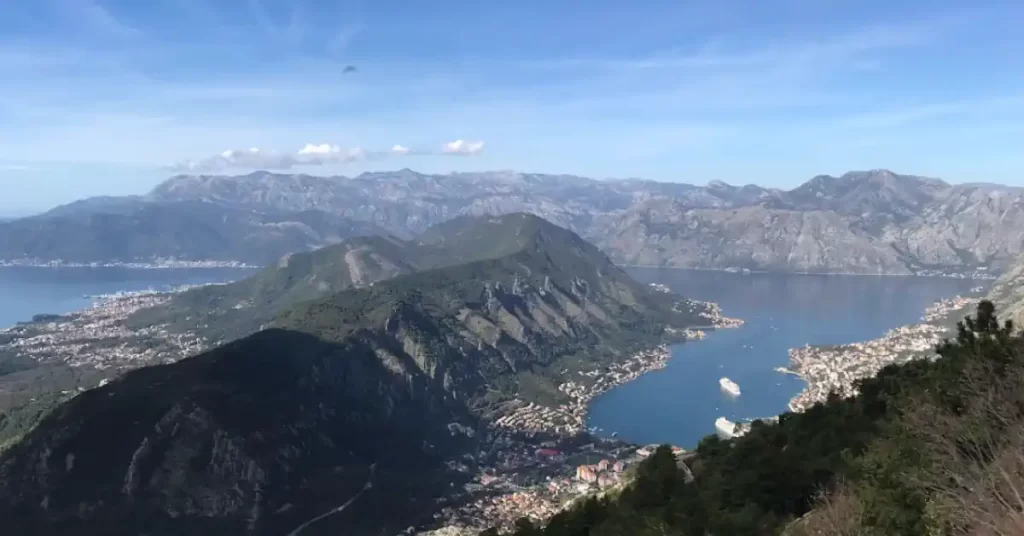
Kotor Serpentine Road
The picturesque Kotor Serpentine Road ends in Njegusi. In a series of narrow switchbacks from Kotor, you ride up almost one kilometer.
The Mountain Wreath ends with Danilo’s ultimatum upon his people. The Muslim Montenegrins had the opportunity to convert back to Christianity or face death by immolation on Christmas Day.
Following Njegos’s death in 1951, the poem made repercussions beyond Montenegrin borders, evoking also patriotic sentiments in Serbia which was in a similar position to Montenegro, having lost in the Battle of Kosovo against the Ottoman Empire, and having to deal with the rising number of Christian converts and the loss of cultural identity.
And while Njegos was the author of dozens of works, his most famous poems besides Gorski Vijenac are Lazni Car Scepan Mali (The False Tsar Stephen the Little; 1851) and Luca mikrikozma (The Ray of the Microcosm; 1845). Njegos took inspiration from many foreign writers and their works, most notably from Dante Alighieri’s Divine Comedy.

Lovcen National Park
Visiting the Lovcen National Park will be one of the highlights of your trip to Montenegro due to its pristine natural beauty.
The Mountain Wreath to this day is the single most important Montenegrin literary work. It is the country’s National Epic, acknowledging Montenegro’s powerful attachment to Christian history and Christian values and at the same time saluting the bravery and martial prowess of its men-at-arms.
As the Prince-Bishop (Serbian: vladika) of Montenegro he had to delicately reconcile between the major regional players: the Russians, the Austrians, and the Ottomans. He also had to modernize his homeland and did so by establishing schools, building roads, and using print media to enhance literacy in his people.
According to Orthodox tradition, Njegos was not allowed to have children of his own. He could however designate a successor vladika and did so by choosing Danilo, the son of Njegos’s cousin Stanko. This nomination was nonetheless subject to approval by the people of Montenegro.
Njegos died at the age of just 37 from the complications of an ongoing infection with tuberculosis. He is buried close to his birthplace Njegusi in the monumental Njegos Mausoleum, which sits at an altitude of 1,650 meters, overlooking the Lovcen Mountain Range.
The house where Njegos was born has been turned into a small museum displaying a small collection of traditional attire and weapons. It was erected by Njegos’ uncle Petar I Petrovic-Njegos in 1779. Admission is free for visitors to the Njegos Mausoleum.
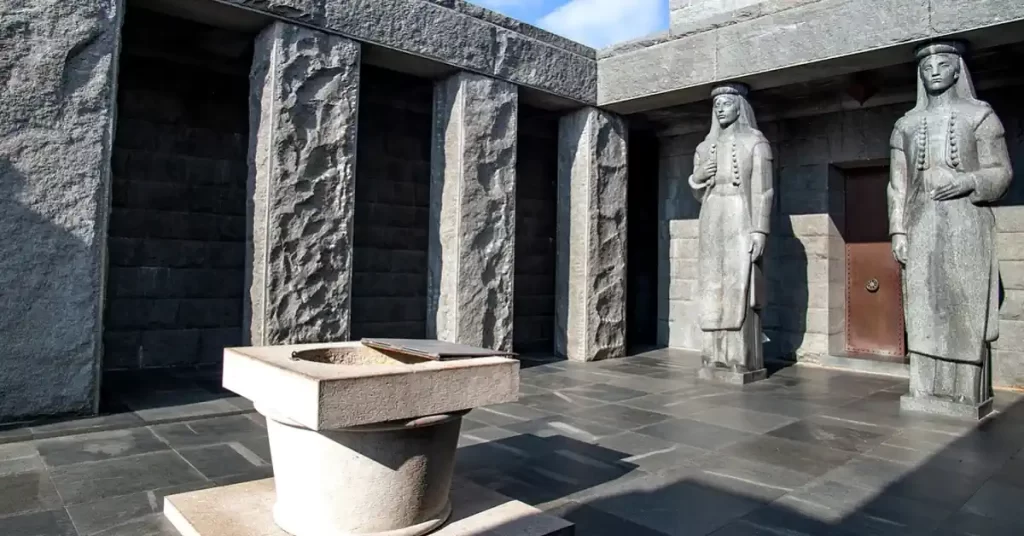
Njegos Mausoleum
Discover the Njegos Mausoleum, close to Cetinje and Njegusi. It sits atop Mount Lovcen and is the eternal burial site of Petar II Petrovic Njegos.

